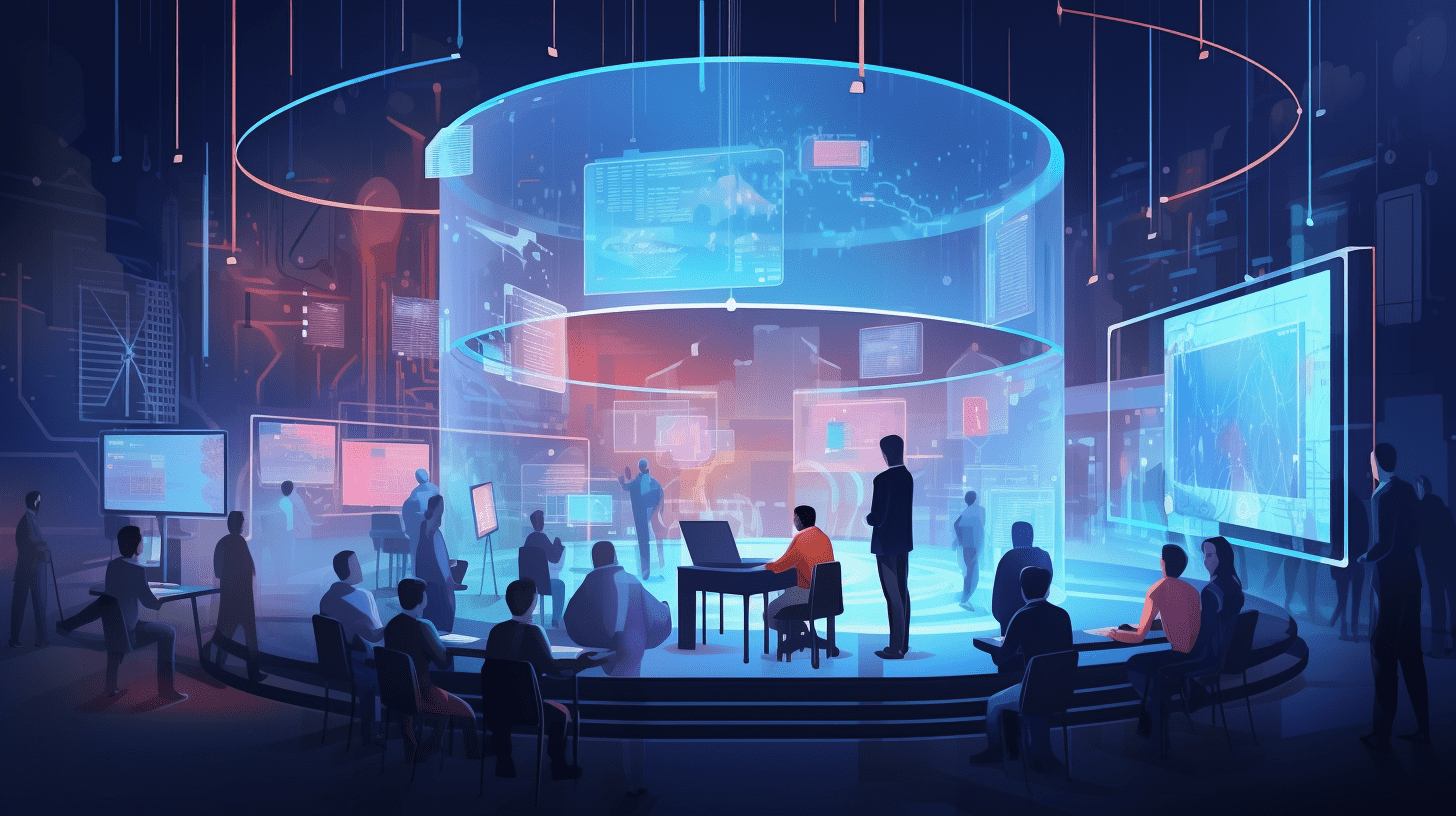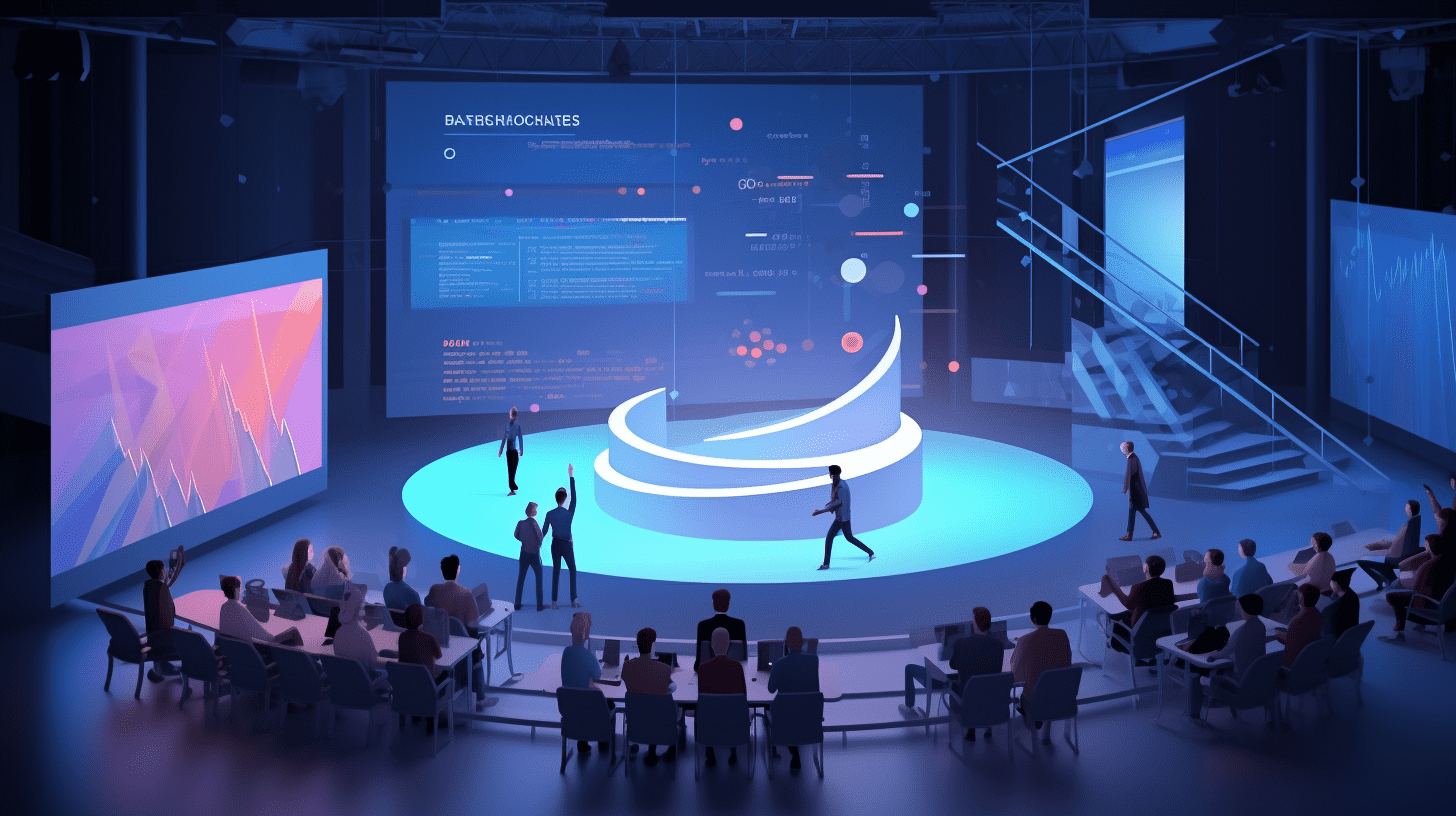CMSC: Intensive release of new products in the autumn, focusing on sales of new devices from Apple Inc. (AAPL.US) and pace of AI iterations.
Entering September, the consumer electronics industry has entered a period of intensive new product releases, with AI terminals continuing to be the market focus for innovation.
CMSC released a research report stating that in September, the consumer electronics industry ushered in a period of intense new product releases, with AI termina innovations continuing to be the market focus. Apple Inc. (AAPL.US) released its autumn lineup as scheduled. Subsequently, attention can be paid to the market feedback and new device sales trends after the AI function is launched in October. The firm continues to have a positive outlook on long-term investment opportunities in high-quality companies in Apple Inc.'s AI industry chain.
In terms of Android, Huawei released its first foldable screen phone, so attention should be paid to the subsequent AI innovations, pricing, and sales of other Android devices. Smart glasses and AR innovations have also become thematic opportunities in the market. With the acceleration of automotive intelligence, attention should be paid to the rise of new brands such as Huawei and Xiaomi, as well as upstream innovative supply chains. Luxshare's acquisition of Lianyi and its subsidiarys equity aims to build a global leading manufacturer of automotive wiring harnesses.
CMSC's main points are as follows:
Mobile Phones: With the release of new devices in the autumn season, attention should be paid to the sales of iPhones and the pace of AI function iterations.
Global phone shipments in Q2 increased by 6.5% year-on-year, with the industry chain maintaining a forecast of low single-digit shipment growth for 24 years. Apple Inc.'s iPhone 16 was released as scheduled, with upgrades in chip, camera, cooling, microphone, battery life, back glass, etc. The new device's pre-order delivery cycle is shorter than the 15 series mainly due to the large stockpile this year and the AI function not yet synchronized. Further tracking is needed for market feedback and new device sales trends after the AI function goes live in October. Huawei released the world's first foldable phone, the Mate XT, with the possibility of the Mate 70 being released in the fourth quarter. Attention should be paid to other Android devices' AI innovations, pricing, and sales this year.
PC/Tablets: Major contract laptop manufacturers are expected to see flat shipments in Q3, with a focus on the market feedback for new AI PC products.
Global PC/tablet shipments in Q2 were up by 3%/22% year-on-year, respectively, for two consecutive quarters of growth. The five major contract laptop manufacturers in Taiwan are expected to have flat laptop shipments in Q3, primarily due to some clients pulling forward demand from the second quarter. Many brands have gradually released AI PCs in the second half of the year, with the focus on application compatibility and the practical effects of AI functionality. Overall, the industry chain believes that PC shipments will witness a modest recovery throughout the year, and in the long term, they are optimistic about the impact of AI PCs and Windows upgrade cycles driving the replacement period. The impact brought by AI PCs will be more significant in the years 2025-2027.
Wearable Devices: AirPods upgrades across the product line, with a focus on AI applications and new terminal formats.
Regarding new products, Apple Inc. launched two AirPods 4 models, with the high-end version featuring active noise cancellation for the first time in an in-ear TWS device. The AirPods Pro 2 has added hearing aid functions and other hearing health features, while the Watch S10 is thinner, has a larger screen, has shifted from stainless steel to titanium metal, and has added health features like sleep apnea detection. In terms of innovation, continued attention should be paid to AI applications and smart glasses for new terminal formats.
XR: AR technology continues to iterate at the Optical Fair, with Meta Connect expected to release AR glasses in September.
VR/MR sales have declined for eight consecutive quarters in a year-on-year comparison, posting a 6% decline globally in Q2, while AR sales remained stable. At the Optical Fair in September, many manufacturers showcased the latest in AR technology. Concerning AR waveguide types, this year's holographic waveguides continue to be the focus, with a reduction in array waveguides and a concentration on diffractive waveguides. In terms of micro-displays, full-color Micro-LEDs have made significant progress this year, with a smaller volume for single green light engines. New SiC technologies were showcased in the waveguide materials, sparking attention. It is advised to pay attention to the release of new AR products and the integration of AI innovation, as the Meta AR prototype is expected to be unveiled at the end of September during the Connect conference.
Smart Home: Continued differentiation in demand across various categories, with a focus on AI-driven terminal innovations.
Since the beginning of the year, demand for smart home products across various categories has continued to differentiate. Television demand has seen slight improvement due to event-driven demand, while demand for cameras remains good due to the increase in home security needs. Smart speakers and gaming consoles have weaker demand and declining sales. The industry chain predicts that overall demand will continue to rebound this year but could continue to differentiate. Regarding innovation, attention should be paid to new terminal formats like Siasun Robot & Automation with integrated AI features.
Automotive: Passenger car sales declined year-on-year in August but increased month-on-month, with significant differences in sales among domestic new energy vehicle manufacturers.
In August, national passenger car retail sales were down by 4% year-on-year but increased by 9.4% month-on-month. The year-on-year decline was primarily due to weak sales of fuel vehicles and factors such as high temperatures and heavy rainfall in various regions in August. Sales of new energy vehicles increased by 30% year-on-year and by 11% month-on-month. Looking at individual brands, there was significant stratification in sales of domestic new energy vehicles in August, with Ideal/Hongmeng Smart Travel maintaining the top two positions for new energy vehicles, selling 4.8/3.4 thousand vehicles, with month-on-month declines of -5.6%/-23.6%. Recently, the Huawei Intelligent Boundary R7 has started pre-orders at a starting price of 268,000 yuan, with pre-orders exceeding 10,000 in 24 hours. Tesla, Inc. announced the launch of FSD in China and Europe in 2025 Q1, pending approval from regulatory authorities. Xiaomi delivered more than 10,000 units in June, July, and August, with the expectation of completing its annual target of delivering 100,000 units by November.
Investment Recommendations: Based on research frameworks and industry data tracking, the consumer electronics industry chain continues to improve in terms of prosperity. Industry innovation is also accelerating, with leading companies in the terminal brands/chips/software applications and other parts of the industry chain making joint investments in AI technology. Intelligent terminals are expected to usher in a wave of AI innovation, and the high level of intelligent driving in the automotive industry is rapidly taking shape.
Risk Warning: Lower-than-expected demand, slower-than-expected AI development, macroeconomic downturn, escalating trade tensions, and intensifying industry competition.
Related Articles

GF Securities: Three driving factors - macro narrative, fundamentals, and market liquidity. Still long on gold in the long term.

Predicting market bets on "global market value first": Next year, Alphabet Inc. Class C (GOOGL.US) will challenge NVIDIA Corporation (NVDA.US) and Apple Inc. (AAPL.US) head-on with AI chips.

New Stock News | Chang Guang Chenxin's second listing on the Hong Kong Stock Exchange ranks third among global CIS companies.
GF Securities: Three driving factors - macro narrative, fundamentals, and market liquidity. Still long on gold in the long term.

Predicting market bets on "global market value first": Next year, Alphabet Inc. Class C (GOOGL.US) will challenge NVIDIA Corporation (NVDA.US) and Apple Inc. (AAPL.US) head-on with AI chips.

New Stock News | Chang Guang Chenxin's second listing on the Hong Kong Stock Exchange ranks third among global CIS companies.






